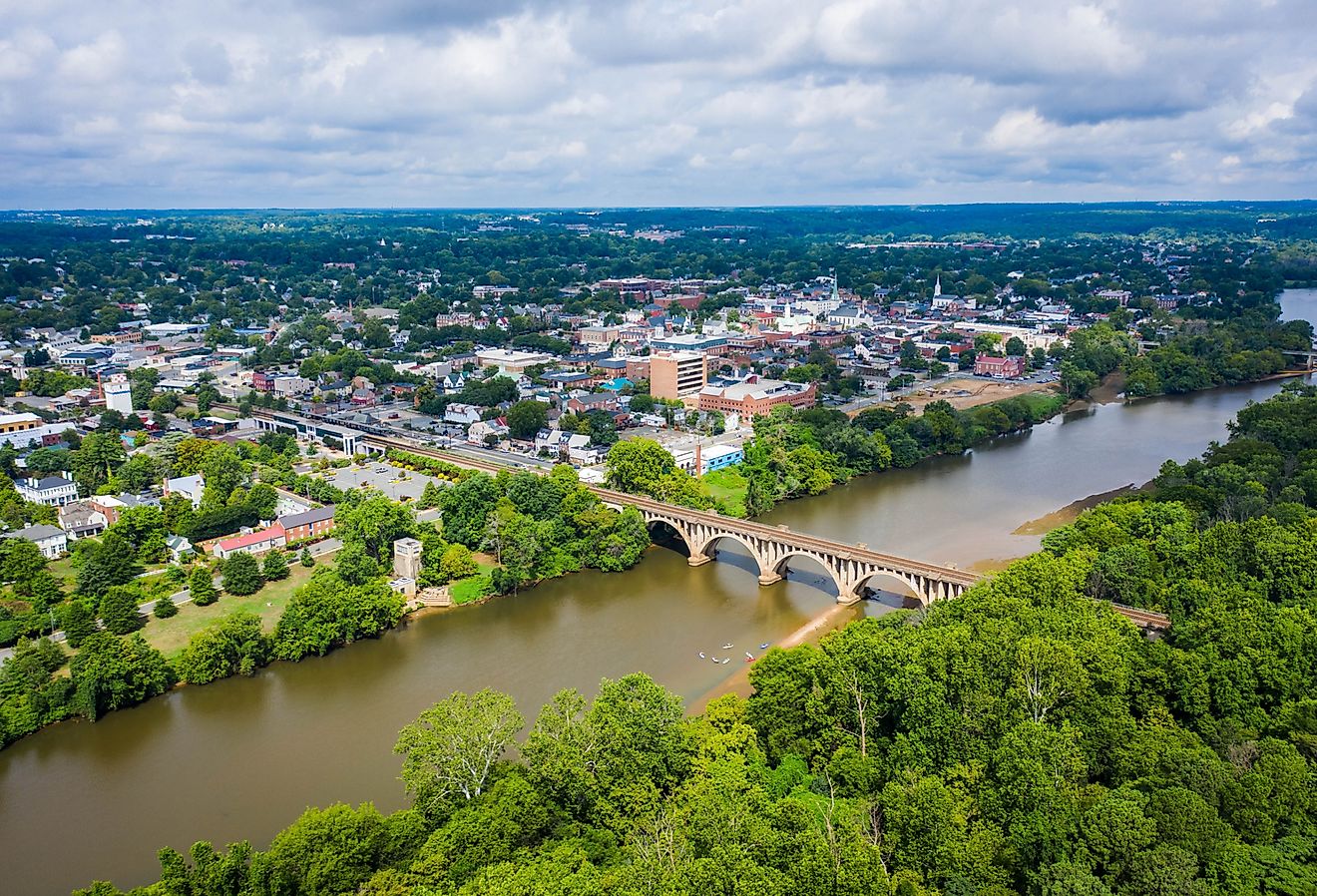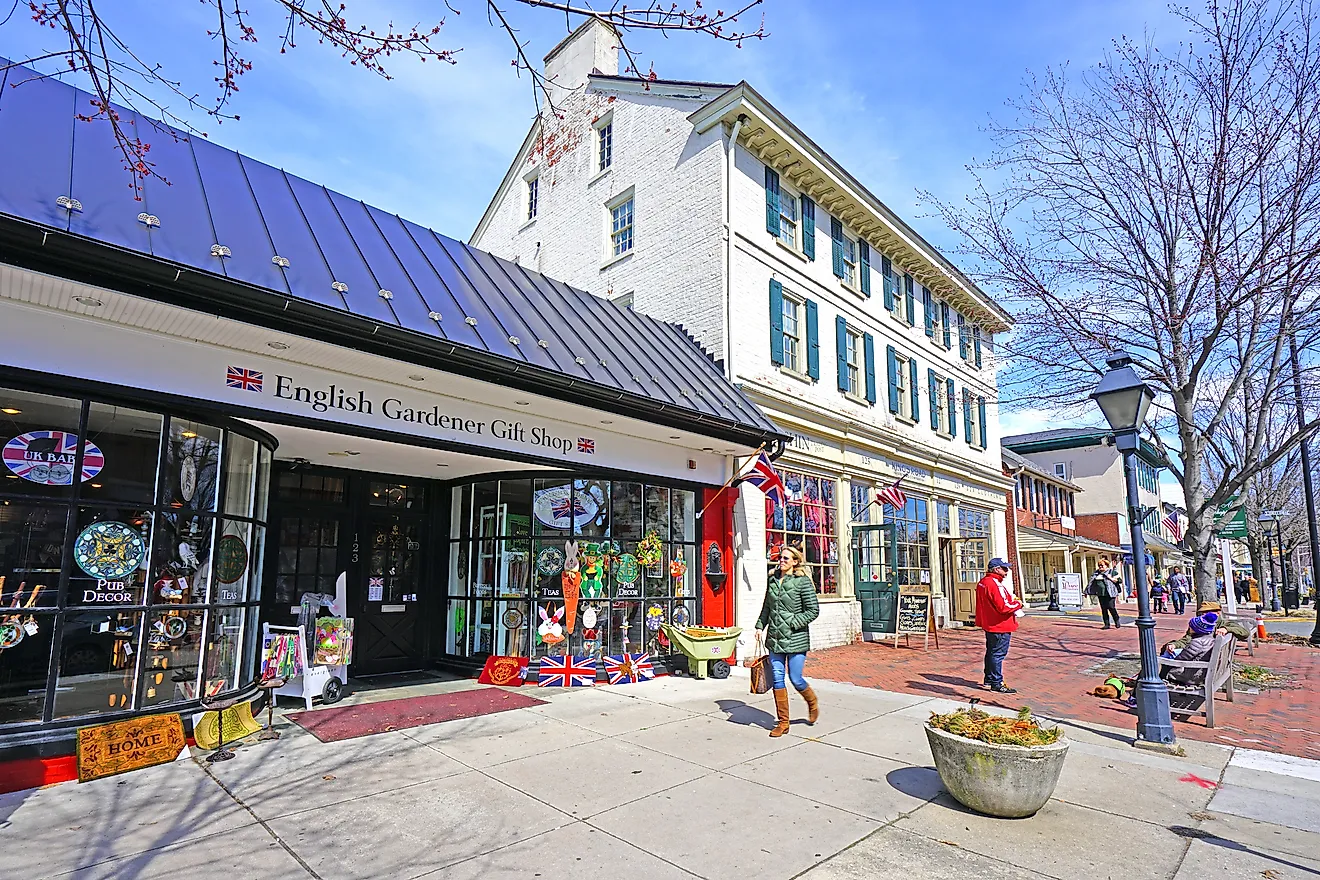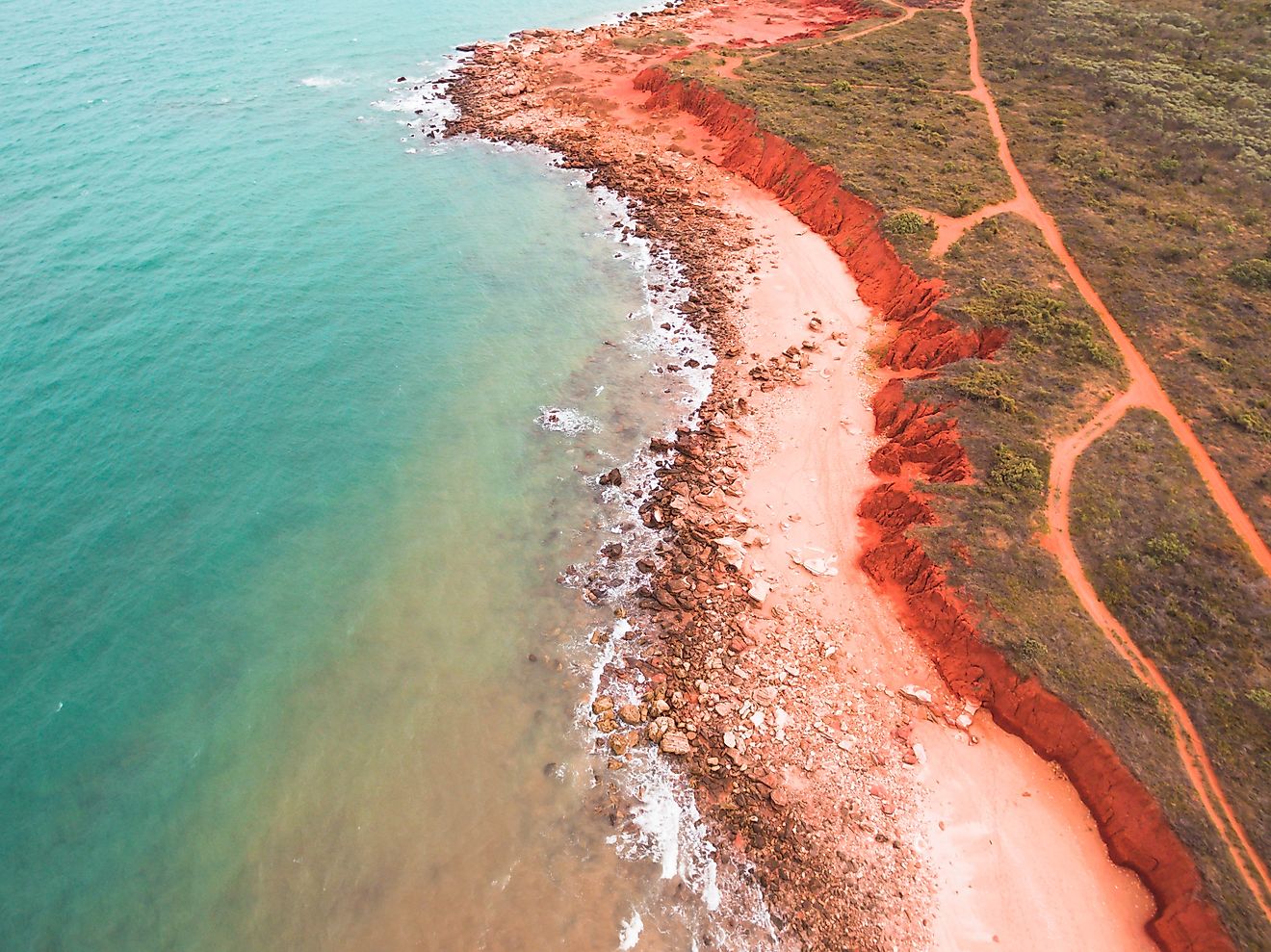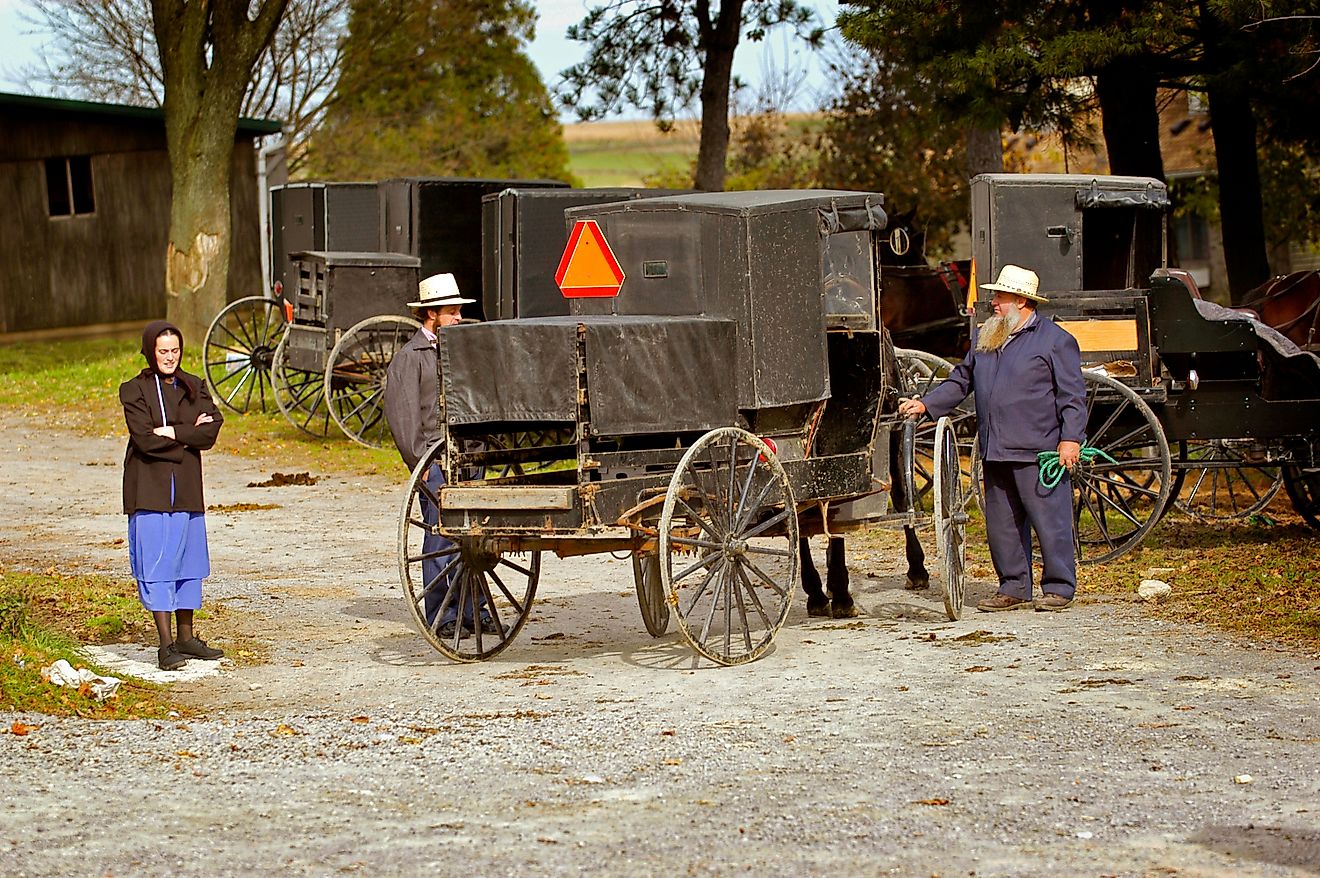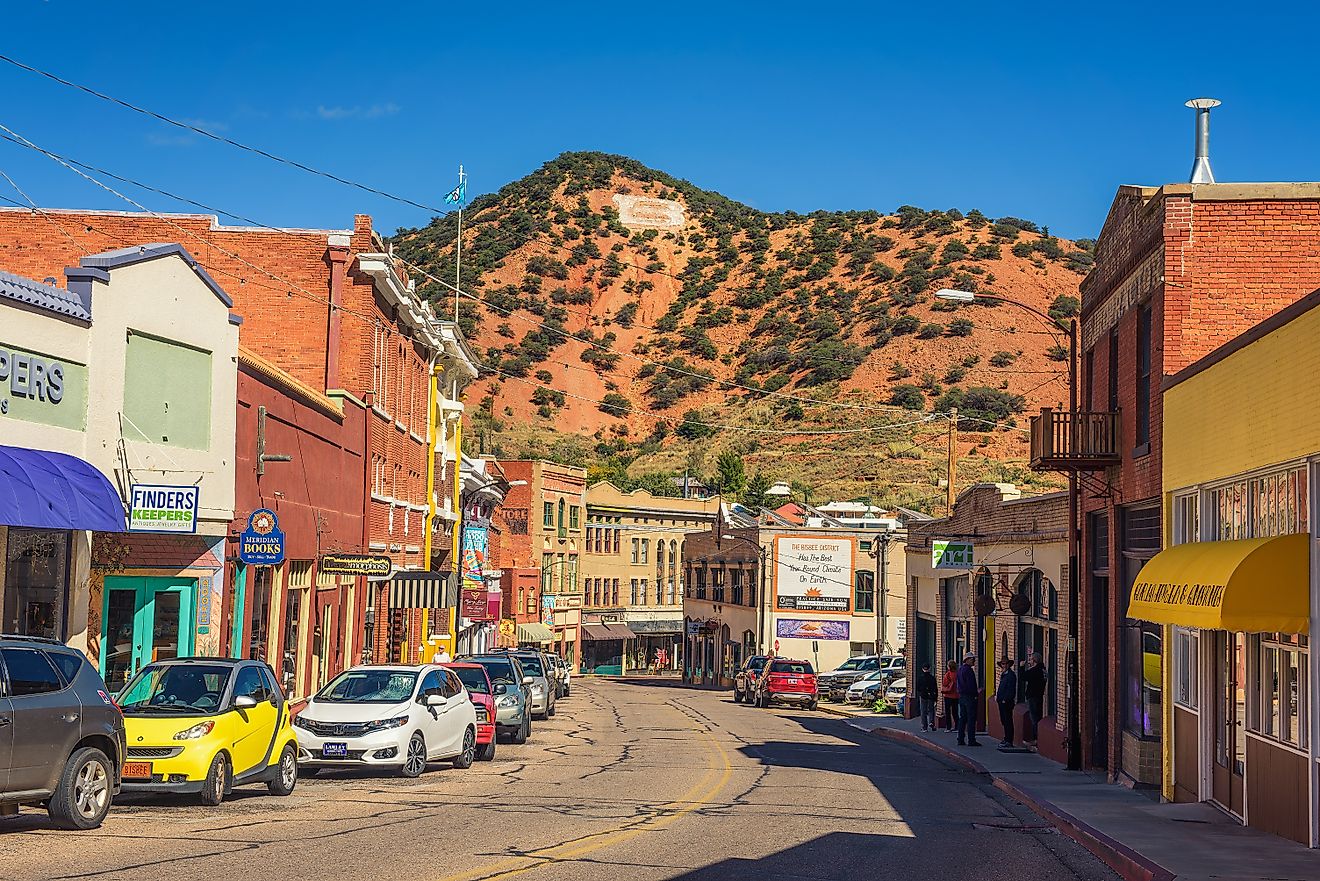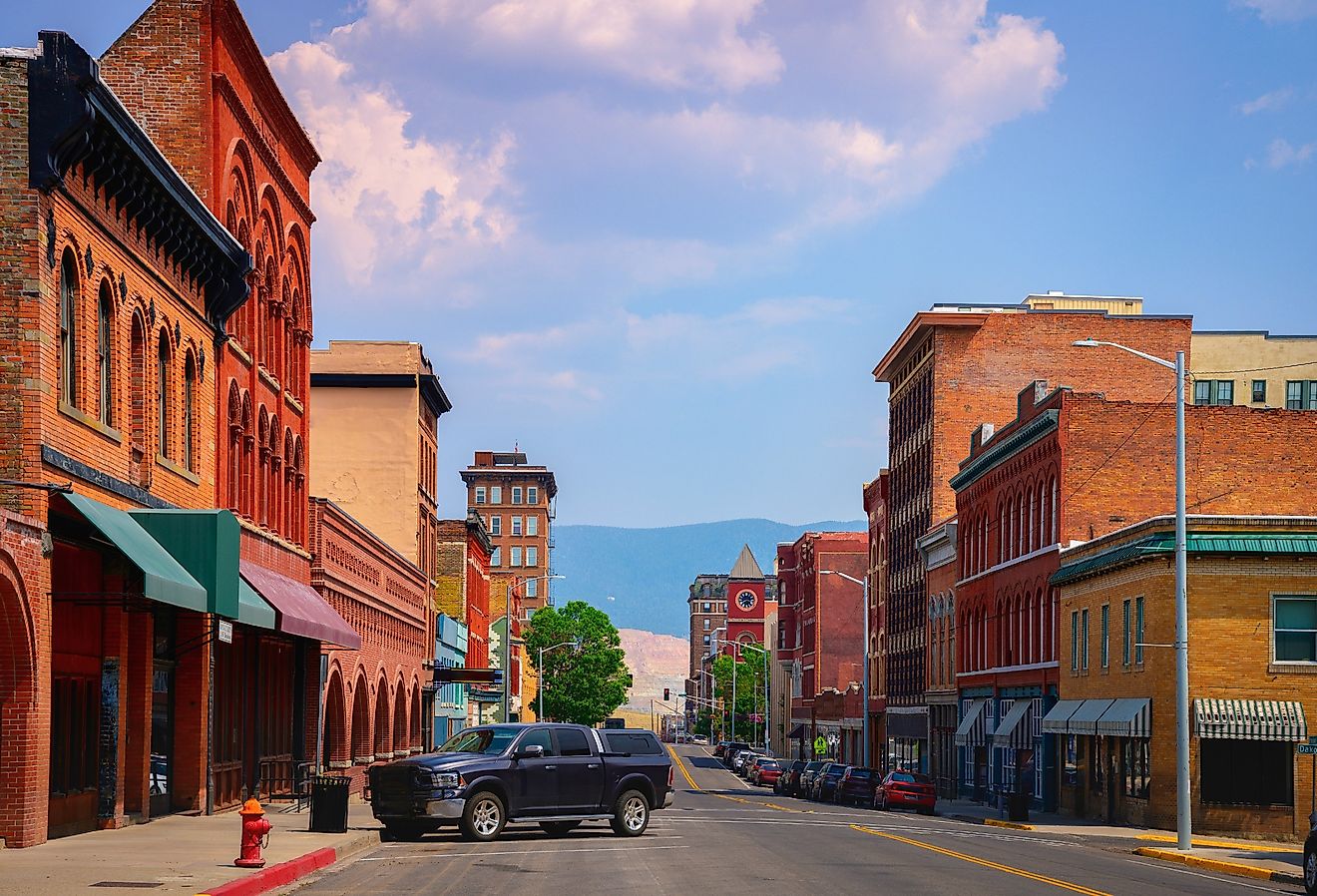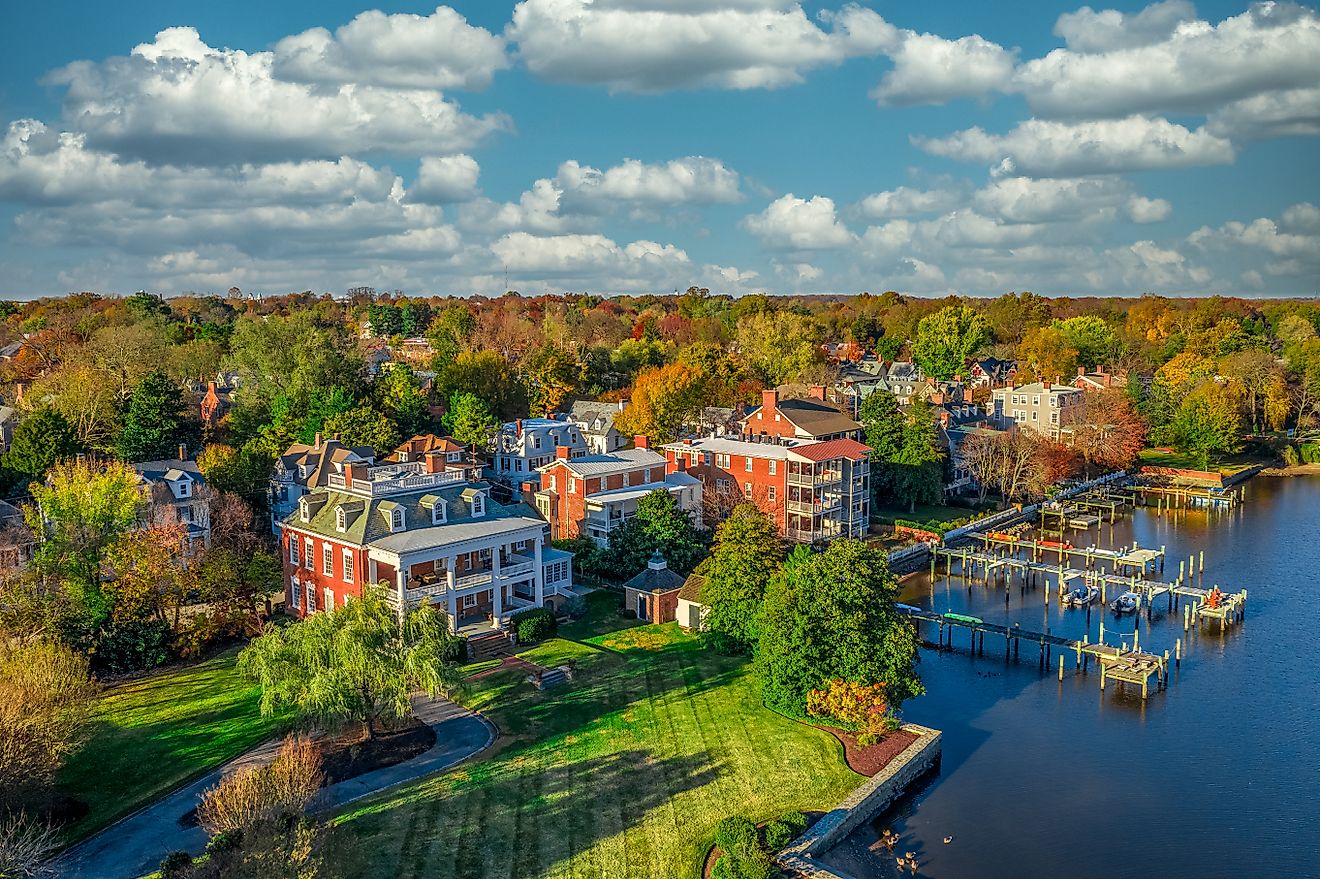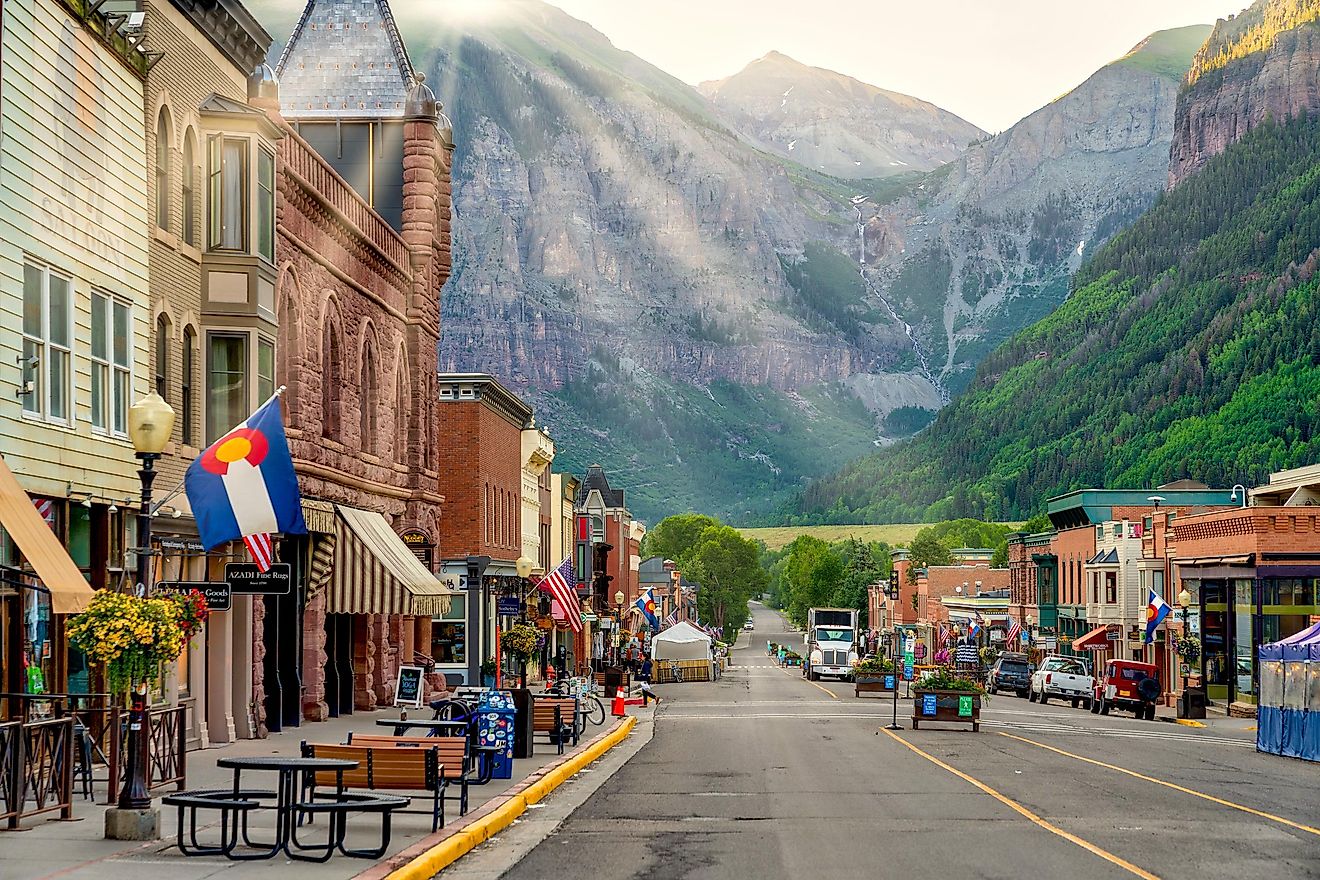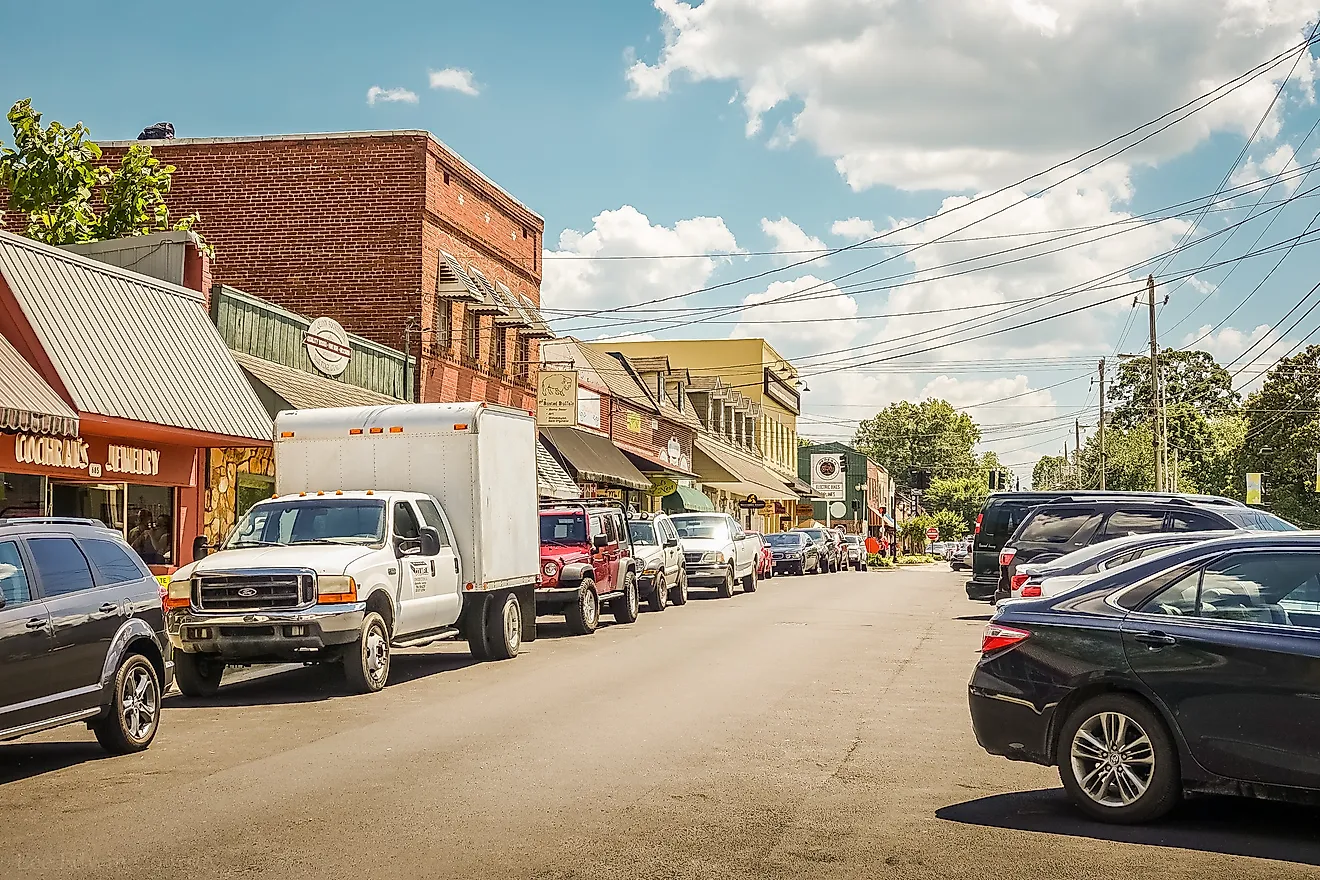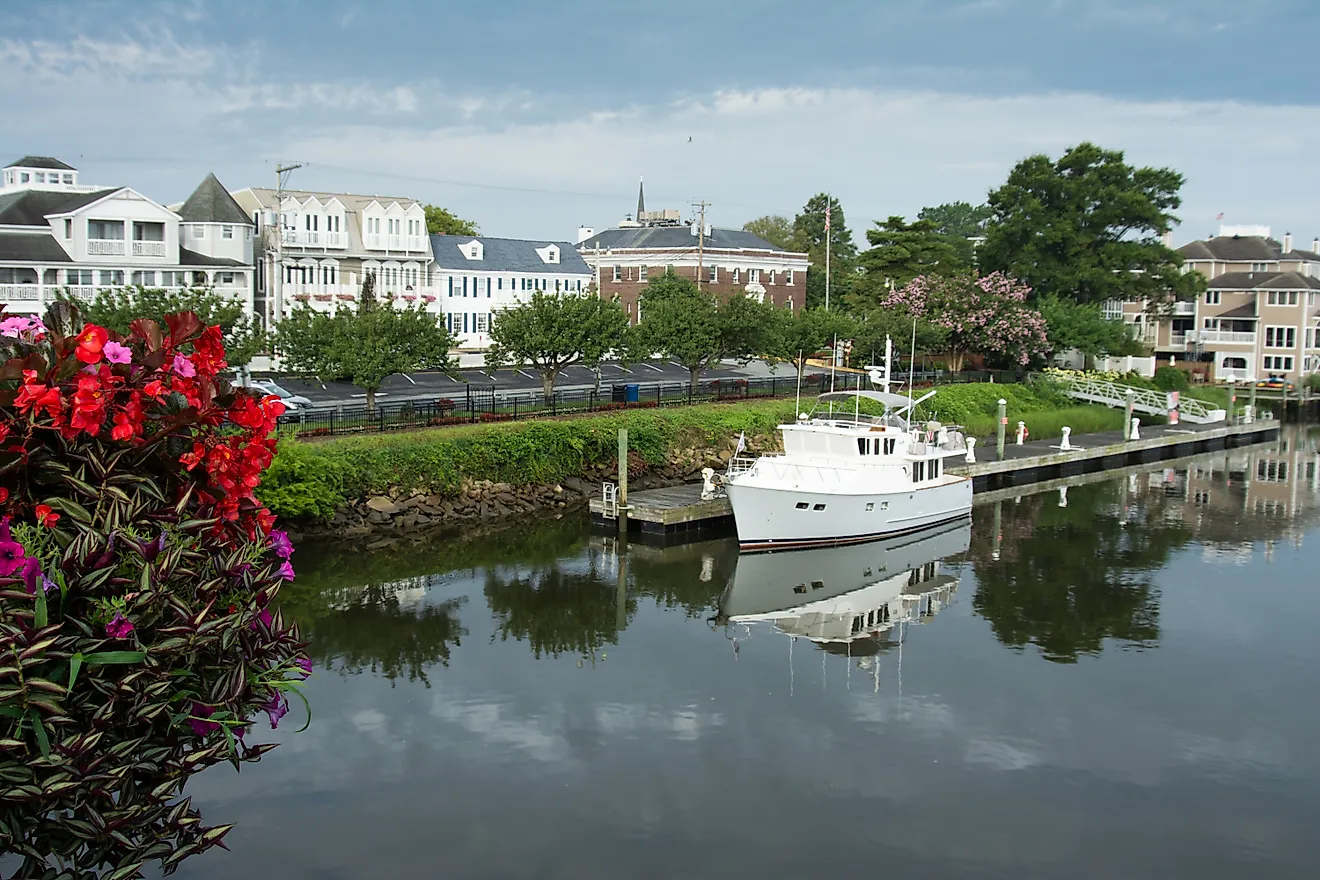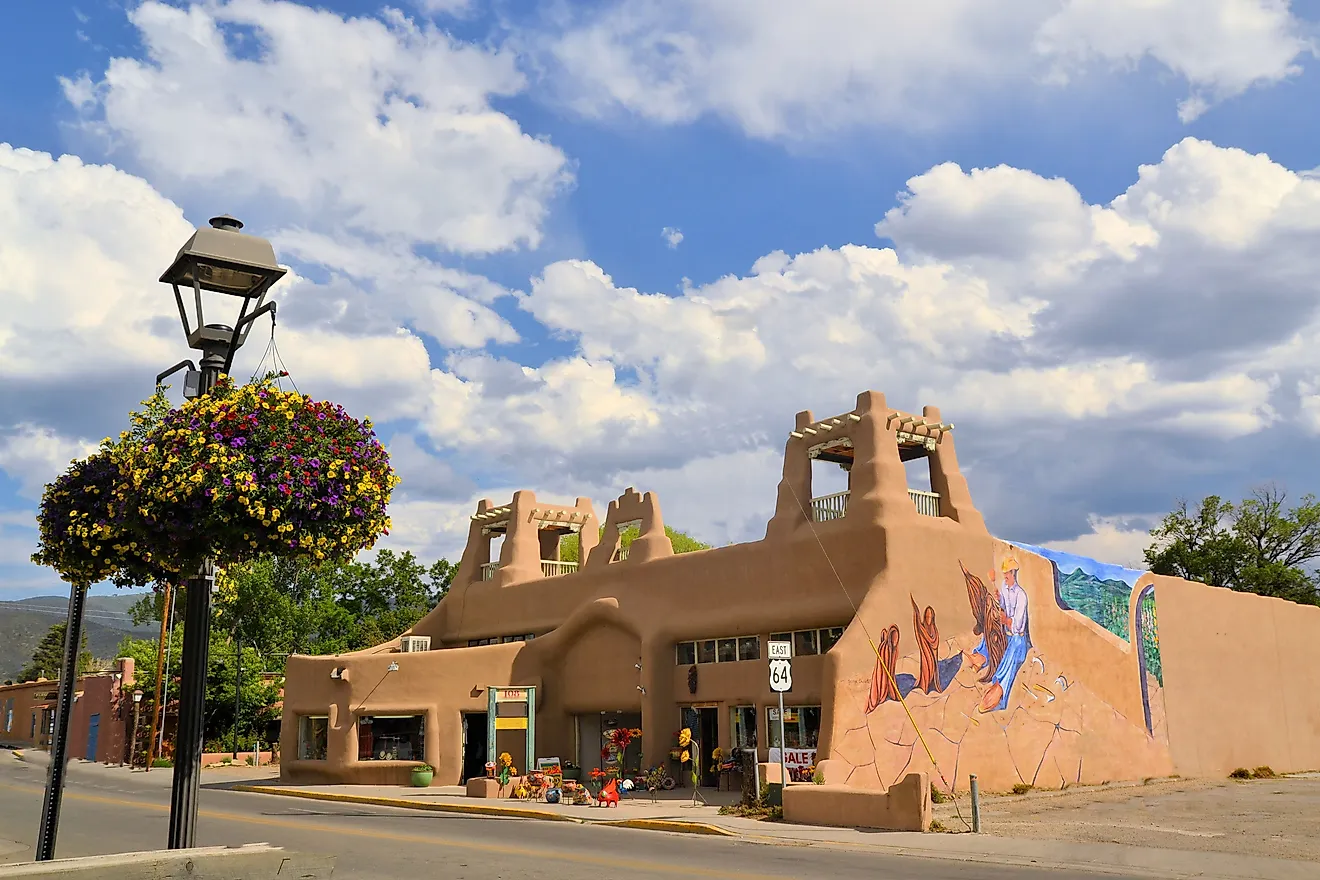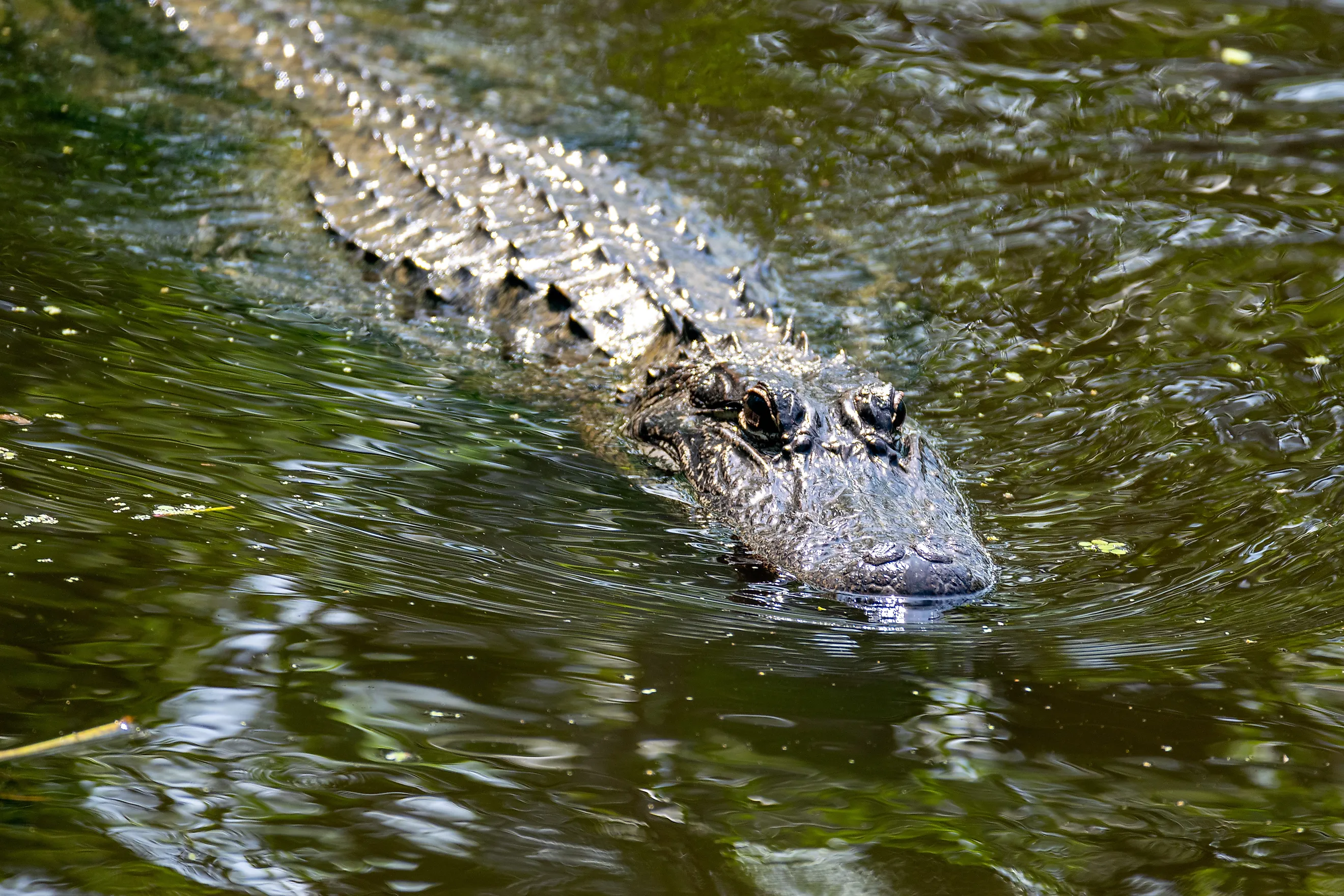
7 Most Alligator Filled Places in the Deep South
From birds to bats, wildlife is abundant in America's deep south. One of the largest and most unnerving animals you might spot in these states is the American Alligator. The American Alligator is only found in the United States. They can grow up to 12 feet in size and weigh up to 1,000 pounds. Alligators like slow-moving freshwater rivers but are also found in swamps, marshes, and lakes. Alligators are found in southern lakes, such as Lousiana's Lake Martin. They are also found in rivers, such as Mississippi's Pascagoula River. Here, we will explore the seven most alligator-filled places in the Deep-South.
Lake Martin, Louisiana
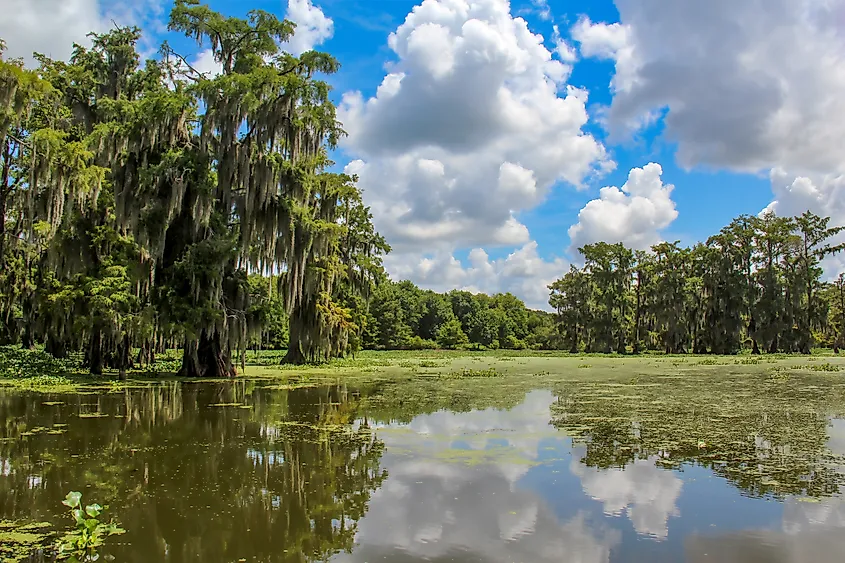
Lake Martin, in Louisiana's cypress-tupelo swamps.
One of the most alligator-filled places in all the South is in Louisiana. Louisiana itself is home to an estimated 2 million alligators, more than the approximately 1.3 million in Florida. Alligators are found in lakes, rivers, and swamps in the state. One of the most gator-infested lakes in Louisiana is Lake Martin. Here visitors are almost guaranteed to see an alligator. Near the lake are swampy waters with cypress trees that are thousands of years old. This is the perfect environment for alligators. Lake Martin is full of a diversity of wildlife including other birds, fish, frogs, and turtles, all of which are a food source for the gators. Near the lake, there is a bridge where visitors can see alligators at a safe distance. For those feeling braver, there is the opportunity to paddle on the lake in a kayak or canoe. There are also several outdoor companies offering guided tours.
Cypress Lake, Louisiana
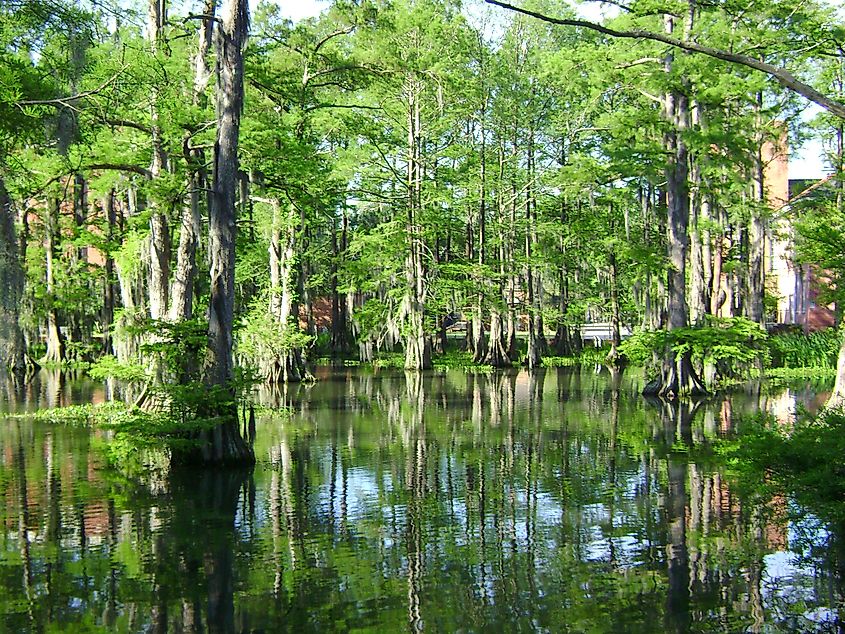
Cypress Lake in Lafayette, Louisiana.
One of the most surprising places to find alligators is on a university campus. Cypress Lake is a small 2-acre lake on the University of Louisiana campus in Lafayette. The lake has so many alligators that it has become a tourist attraction for people looking to see these creatures. There is even a deck near the dining hall where visitors can look for alligators. Even though the alligators are near a University campus, there has never been a reported incident with one. Sometimes, alligators do wander too close to the dorms, but they are relocated back into the wild. More alligators are noticeable in Cypress Lake around May and June. This is the time of year when female alligators build nests on the perimeter of the lake. Whatever eggs they lay will hatch later in the year between August and September.
Pascagoula River, Mississippi
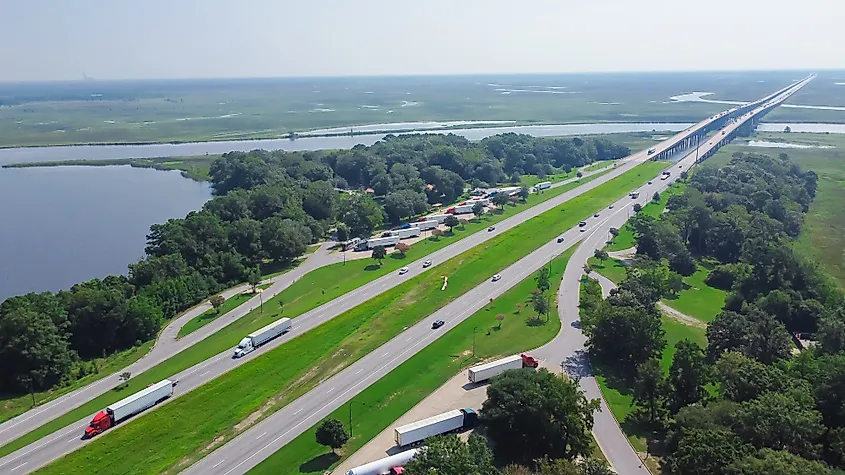
The Pascagoula River is home to a diversity of wildlife, including cypress trees, hundreds of bird species, and alligators. Around 25% of all the alligators in Mississippi live in the Pascagoula River. The Pascagoula River empties into Mississippi's portion of the Gulf Coast. The warm waters of the Gulf are perfect for alligators. The abundance of fish and waterfowl in the Pascagoula also makes the river an appealing home for gators. Most alligator sightings on the Pascagoula River have been reported in Jackson County.
Caddo Lake, Louisiana
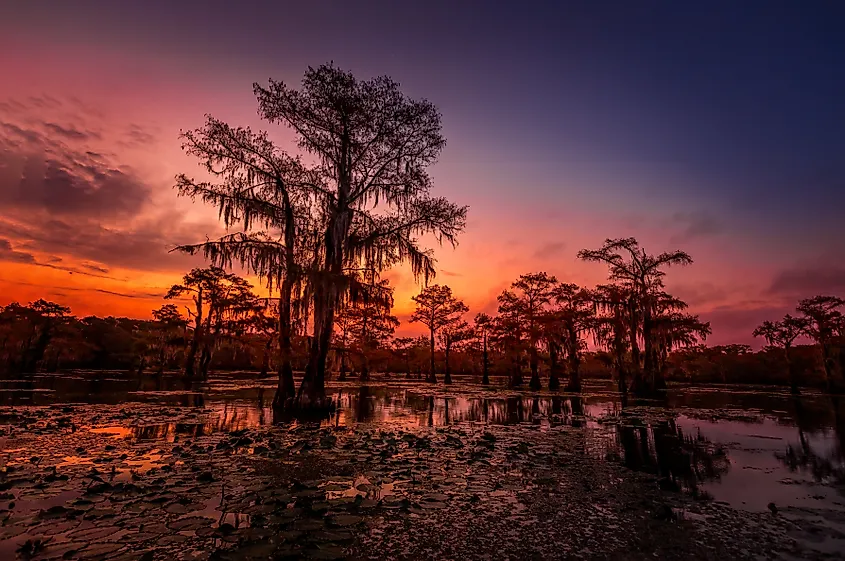
Sitting on the border of Louisiana and Texas, Caddo Lake is the perfect environment for alligators. Around half of the lake is in Louisiana, while the other half is in Texas. This lake has some of the most alligators out of any lake in Louisiana. Caddo Lake is surrounded by the bayou, the perfect habitat for alligators. The mossy trees, murky waters, and abundance of fish frogs, and birds all make the lake perfect alligator territory. The lake is home to 93 different species of fish, a perfect food source for gators. Caddo Lake is famous for its larger gators. In 2016, a family caught an alligator that was over 13 feet long in Caddo Lake. Considering the abundance of alligators here, this is not a place to go swimming. Those looking to spot an alligator can take a kayak on the edge of the lake.
Yazoo River, Mississippi
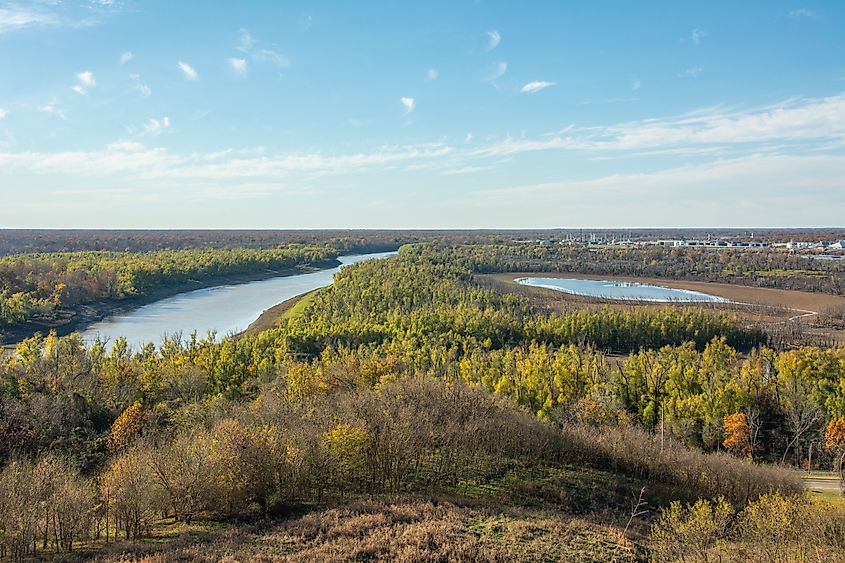
The Yazoo River flows through Louisiana and Mississippi, serving as an important boundary for the Mississippi Delta floodplain. Stretching 188 miles, it, along with the Big Sunflower River, plays a vital role in the delta's ecosystem. The area supports a variety of wildlife, including waterfowl, white-tailed deer, rabbits, raccoons, squirrels, fish, and alligators. Although exact numbers are unknown, alligator sightings are common, and one of the largest ever caught in the U.S. — measuring 14 feet 3 inches and weighing over 800 pounds — was caught in the Yazoo River.
Millwood State Park, Arkansas
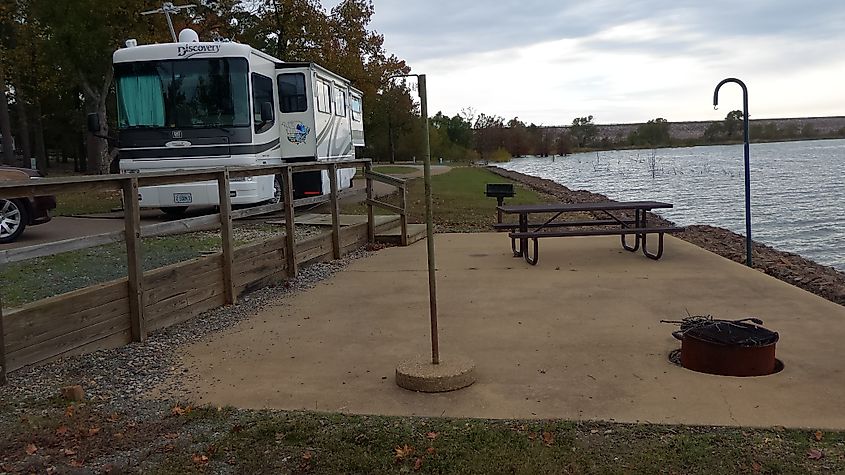
Arkansas isn't typically known for alligators, especially when compared to other states on the list. However, certain areas in the state, such as Millwood State Park, are home to thriving alligator populations. Located in the southeastern corner, Millwood State Park features swamp-like waters and cooler temperatures, making it an ideal habitat for alligators. The park is also famous for its bass fishing, with Millwood Lake providing a diverse habitat near the Little River. The abundant fish population attracts alligators, offering them ample food sources. The presence of American Alligators in this area is one reason why swimming is not permitted in the park.
Lake Marion, South Carolina
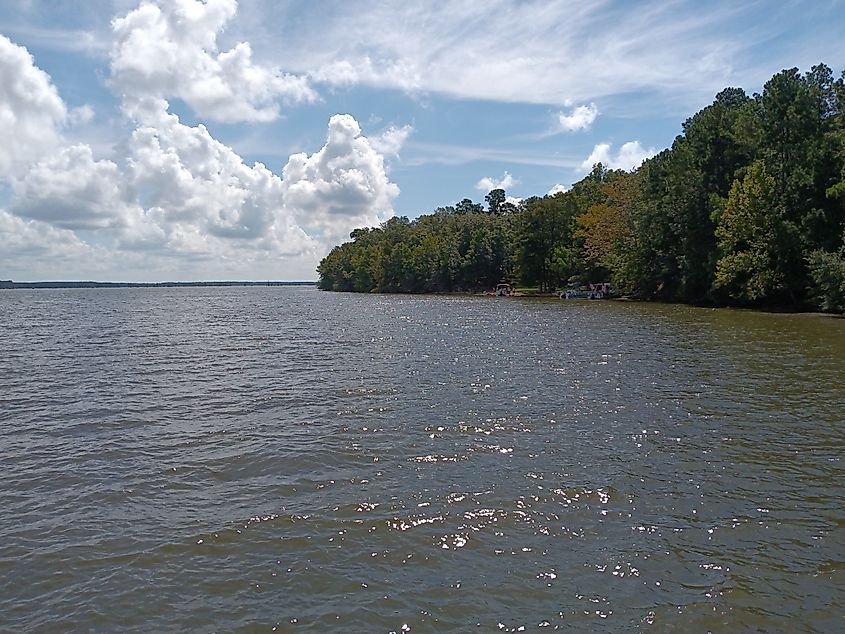
South Carolina hosts around 100,000 alligators. Although fewer than states like Louisiana, some areas in the state have high gator populations. One such place is Lake Marion, the largest in South Carolina, spanning over 110,000 acres. Alligators here inhabit the shallows, swampy zones, coves, and creeks of the lake. It is estimated to harbor about 100 gators. Despite being a freshwater lake, Lake Marion’s temperatures never drop enough to freeze, creating a suitable environment for alligators. Additionally, the lake is rich in fish, providing an ideal food source for them.
Understanding and Respecting Alligators in the Deep South
The American Alligator plays a crucial role in the Southeast United States as a keystone species, meaning other animals rely on it for survival. It uses its tail to dig a burrow for warmth and nesting. When the alligator leaves its nest, the burrow fills with fresh water, bringing groundwater to the surface and offering hydration for various species during droughts. This illustrates just one way alligators benefit their ecosystem.
Alligators play a vital role in various ecosystems, which might increase your interest in seeing one. If you're planning to spot an alligator in America's Deep South, consider visiting these seven lakes and rivers. Always remember to keep a safe distance from alligators, as they can be dangerous, even though they're fascinating to observe. Never feed them, as this can lead to aggressive behavior when food isn't available. Following these safety guidelines will allow you to enjoy your trip to America's Deep South and marvel at these incredible creatures.
